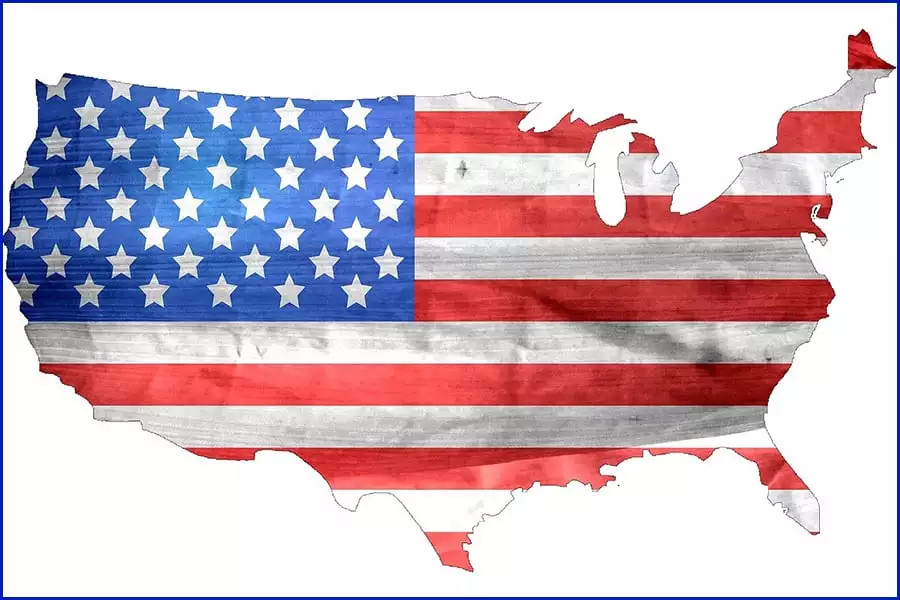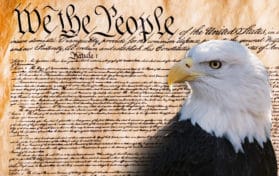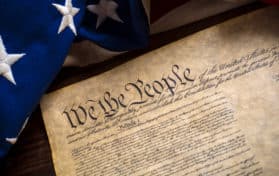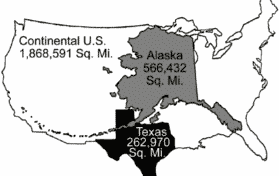
The United States of America boasts 50 states and controls 16 territories. But these territories’ attachment to the United States has prompted several questions. And among them is the question, on the number of governors the country has.
When you conduct a simple Google search to determine the number of governors the United States has, you’ll discover many Americans and non-Americans have conflicting answers.
Most individuals say the country boasts 50 governors. Some claim there are 49 governors; others claim the United States has 52 governors, and so on.
Now, let’s rephrase the question below.
How many governors are there in the United States of America?
First and foremost, governors are the heads of the executive branch of government. Furthermore, before a governor emerges, there has to be a state to govern.
How many states does the United States of America have? There are currently 50 states. Now, does each of these 50 states have a governor? Yes, they do.
So, there are 50 states and therefore, there are 50 governors in the United States. And there’s only one president.
The United States controls 16 territories and has sovereignty over them. But these territories don’t have the same status as the other 50 states. They don’t have voting representation in Congress.
Keep reading to get more information on this topic.
Do The United States Territories Have Governors?
The United States boasts 16 territories but has had only 50 states since 1959. Alaska and Hawaii were the last two states to join the country, and both joined in 1959.
Most people are not aware of the sixteen territories America has. Why? It’s because only five have been inhabited. And they’re American Samoa, Guam, U.S. Virgin Island, Northern Mariana Islands, and Puerto Rico.
Interestingly, all American territories boast government structures. They’re not only self-governing but boast three branches of government. These include a governor locally elected and territorial legislature.
So, yes, the United States territories boast governors. But the territories are under the United States federal government’s jurisdiction.
Can The Five Inhabited U.S. Territories With Governors Attain Statehood?
Granting statehood to the 5 U.S. unincorporated organized territories would not only transform the lives of over 4 million people. It would bring significant change to the United States’ politics too.
Interestingly, there has never been any constitutional barrier preventing any of the U.S. territories from achieving statehood. The U.S. Constitution empowers Congress to admit new states, but they can’t transform a region into a state forcefully.
So, for a U.S. territory to achieve statehood, they must be an assurance that they are republics. Again, the majority of people in the territory must support the idea of attaining statehood.
Is population size a reason the U.S. territories are yet to achieve statehood? No, population size has never been a major issue in granting statehood. When Nevada was granted statehood in 1864, it had only 40,000 people.
Today, Puerto Rico’s population is larger than the population of 21 states put together. Yet, it has not achieved statehood.
Here is the population of people in each of the 5 inhabited United States territories.
| Name of territory | Population size | |
| 1. | Puerto Rico | 2,829,812 |
| 2. | Northern Mariana Islands | 58,269 |
| 3. | Guam | 171,519 |
| 4. | U.S. Virgin Island | 103,971 |
| 5. | American Samoa | 55,030 |
A Handy Tip: Individuals in these 5 territories are subject to United States law. But they don’t have an equal say or any say when it comes to making these laws.
So, literally, they are second-class citizens, or we can say the federal government considers and treats them that way.
Why do people say this? Many individuals make reference to how President Trump’s administration treated Puerto Ricans after Hurricane Maria. If the hurricane had happened in one of the 50 states, the federal government would have undoubtedly reacted better.
Why Hawaii Is A State And Puerto Rico Is Not
People in Hawaii can vote for a United States President, but those in Puerto Rico can’t. And even though Puerto Rico has everything needed to flourish as a state, they’re still a mere territory.
Puerto Rico’s delegates in Congress cannot vote in the house. But people in this region keep paying their taxes to the United States. And what’s more,, they haven’t been admitted into the United States.
So, what makes Hawaii a state in the United States and Puerto Rico that has twice Hawaii’s population still a territory? The answer is simple. It all rests in the hands of Congress, though the territory has a big role to play.
Hawaii is a state today because they fought for it. Years back, they petitioned Congress to grant them statehood, and won. President Eisenhower signed the approval to make Hawaii part of the United States in 1959.
However, Puerto Rico has held several referendums on the issue of statehood since its inception. The last referendum took place in the territory on June 11, 2017.
The three topics raised and voted for in the referendum include the following:
- Attain statehood – To become a state in the United States of America.
- Become independent.
- Continue to remain a territory.
Now, how did Puerto Ricans vote? Shockingly, 97 per cent choose statehood. In other words, they fancy the idea of becoming the 51st state of the United States of America.
There’s no doubt that Puerto Rico is a potential U.S. state. However, the decision to make any territory a state rests in the hands of Congress.
Puerto Rico has shown interest in becoming part of the United States of America. They want to have the same privileges as other states.
Conclusion
How many governors are there in the United States? The answer is 50. The United States boasts 50 states and thus, has a governor in each of those states.
The United States of America also boasts 5 inhabited territories, which the federal government controls. And the president is the head of state in all 16 American regions.
However, only 5 of these territories are inhabited, and they have a government structure in place. Unfortunately, they are yet to attain statehood. So, there is no basis to include territorial governors in the total number of governors in the United States. Let’s consider adding them after they attain statehood.





